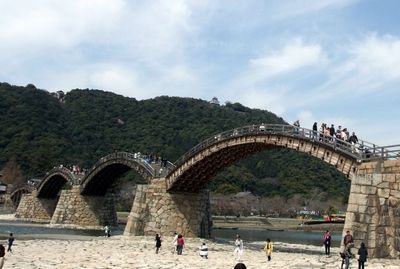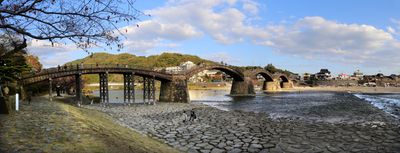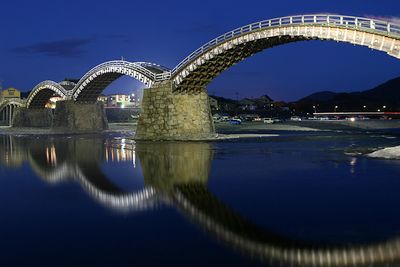
Kintai Bridge, Wooden arch bridge in Iwakuni, Japan
The span crosses the Nishiki River in five consecutive wooden arches supported by stone piers at each section, extending 175 meters (574 feet) in total. Each archway measures between 34 and 36 meters (111 to 118 feet), with the central arches longer than the outer sections, while the foundation rests on massive boulders set in the riverbed.
Lord Kikkawa Hiroyoshi commissioned construction in 1673 after previous crossings repeatedly washed away during floods. The original remained intact for 276 years until Typhoon Kezia destroyed it in 1950, after which authorities completed a faithful reconstruction within three years using historical records and recovered components.
The structure stands as a pinnacle of traditional Japanese timber craftsmanship, reflecting centuries of expertise in joinery and structural calculation. In modern times, it serves as a symbol of regional identity and draws numerous visitors who witness processions during cherry blossom season and illuminations in autumn.
Access requires a modest toll and is available year-round from both riverbanks. The best time for a visit falls between March and April during cherry blossom season or in November for fall foliage, when the area offers additional attractions including boat rides and castle viewing opportunities.
The entire construction avoids nails, relying instead on wooden wedges combined with metal bands that secure individual components. This modular approach permits the replacement of damaged or worn pieces without disassembling the overall structure, ensuring both longevity and ecological sustainability of the historic crossing.
Location: Iwakuni
Inception: 1673
Founders: Kikkawa Hiroyoshi
Official opening: 1679
Length: 175 m
Width: 5 m
Part of: Japan's Top 100 Cherry Blossom Spots, 100 bridges in Japan
Website: https://kankou.iwakuni-city.net/itn/by-area/kintaikyo-bridge-area/kintaikyo-bridge
GPS coordinates: 34.16760,132.17837
Latest update: December 12, 2025 00:34

Bridges are a part of our daily lives. They have connected banks, valleys, and communities for centuries. This collection presents structures from various periods and regions. From medieval stone arches to modern steel constructions, these works demonstrate the evolution of engineering. The Rialto...

Stone arch bridges rank among the most durable structures in history. From Roman aqueducts in Spain to medieval river crossings in Central Europe, these constructions demonstrate the evolution of engineering over two millennia. The Pont du Gard in France once transported 20,000 cubic meters of water...
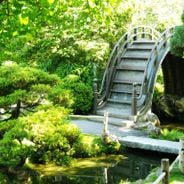
Moon bridges form semicircles that reflect as complete circles in the water. These structures originated in East Asia and combine practical function with deliberate design. The constructions appear in public gardens, botanical spaces and historic landscapes from Japan to California. The collection...
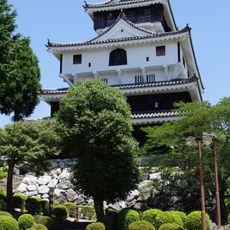
Iwakuni Castle
933 m
Kitsunegasaki
338 m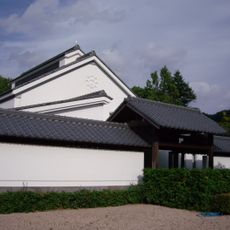
Kikkō Park
368 m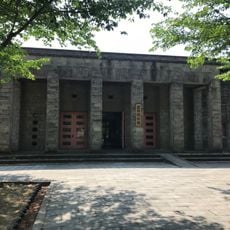
Iwakuni Chōkokan
382 m
Kashiwabara Museum
526 m
洞泉寺
545 m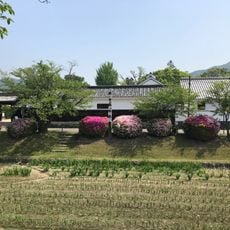
Kikkawa Historical Museum
336 m
Kikko-jinja
517 m
万徳院
1.1 km
シンフォニア岩国
4.3 km
Rock Country
4.2 km
久能寅夫先生像
205 m
まねきねこカラオケ
4.2 km
旧 目加田家住宅
434 m
白崎八幡宮
3 km
いろやギャラリー
258 m
田中穂積胸像
496 m
岩国城 天守台跡
990 m
中津居館跡
3.2 km
和木GC
4 km
参議院議員 重宗雄三君
195 m
吉川広嘉公像
174 m
名勝 錦帯橋
81 m
夢街道
88 m
岩国鵜飼音頭
221 m
皇太子殿下御成婚記念植樹
168 m
皇太子殿下行啓記念碑
90 m
明るい未来
506 mVisited this place? Tap the stars to rate it and share your experience / photos with the community! Try now! You can cancel it anytime.
Discover hidden gems everywhere you go!
From secret cafés to breathtaking viewpoints, skip the crowded tourist spots and find places that match your style. Our app makes it easy with voice search, smart filtering, route optimization, and insider tips from travelers worldwide. Download now for the complete mobile experience.

A unique approach to discovering new places❞
— Le Figaro
All the places worth exploring❞
— France Info
A tailor-made excursion in just a few clicks❞
— 20 Minutes

